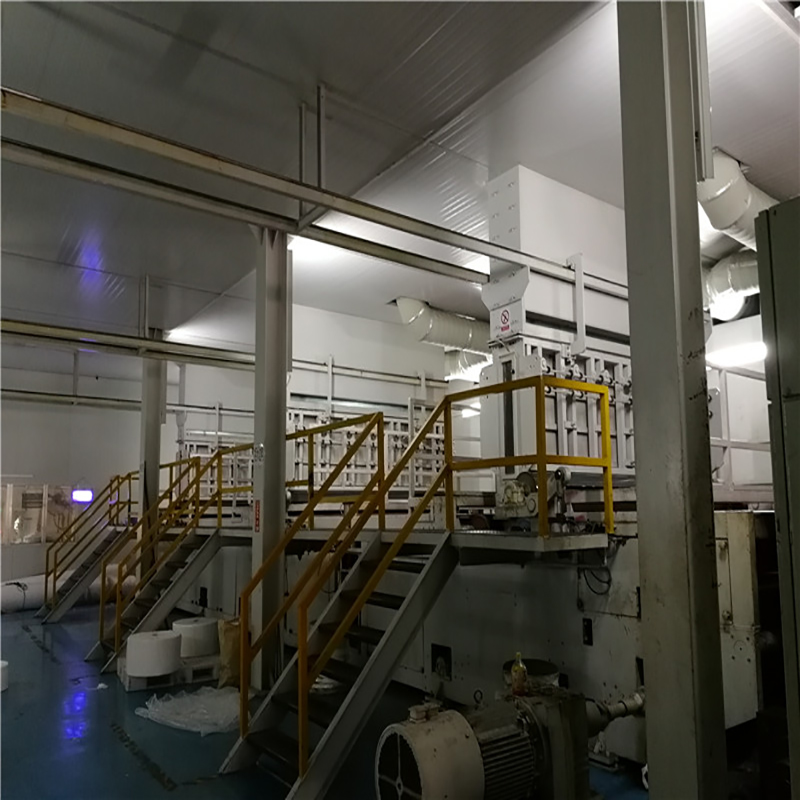Spunbond nonwoven fabric is a type of fabric made from polyester or polypropylene fibers that are bonded together through a nonwoven process. This fabric has become increasingly popular due to its unique properties, such as its high strength, durabilidad, y resistencia a la humedad. The fabric is used in various applications, from healthcare and hygiene products to construction and agriculture. Spunbond nonwoven fabric making machine is a recent innovation that has revolutionized the manufacturing process of the fabric. In this blog post, we will explore the benefits of spunbond nonwoven fabric and the technology behind the spunbond nonwoven fabric making machine.
¿Qué es la tela no tejida spunbond??

Spunbond nonwoven fabric is made by spinning polypropylene or polyester fibers into a web, which is then bonded together using heat, presión, o productos químicos. The result is a strong and durable fabric that is resistant to tearing and abrasion. Spunbond nonwoven fabric is widely used in industries such as healthcare, agricultura, construcción, and packaging due to its unique properties. The fabric is lightweight, respirable, y tiene excelentes propiedades de barrera, making it ideal for use in medical gowns, surgical masks, and other healthcare products.
What is Spunbond Nonwoven Fabric Making Machine?
Spunbond nonwoven fabric making machine is a type of machinery that is used to produce spunbond nonwoven fabric. The machine consists of several parts, incluyendo una extrusora, una hilera, a web-forming unit, a calendering machine, a winder, and a cutter. The process of making spunbond nonwoven fabric involves melting the polypropylene or polyester fibers in the extruder, spinning them through the spinneret to form continuous filaments, laying the filaments randomly on a moving conveyor belt to form a web, bonding the web by passing it through a calendering machine, and then winding and cutting the bonded fabric into rolls or sheets.
Advantages of Spunbond Nonwoven Fabric Making Machine
Spunbond nonwoven fabric making machine offers several advantages over traditional manufacturing processes. En primer lugar, it is a fully automated process, which reduces the need for manual labor and increases production efficiency. En segundo lugar, it can produce high-quality fabric with consistent properties, which ensures that the end product meets the required standards. En tercer lugar, it is a more eco-friendly process as it uses less water and energy compared to traditional manufacturing processes. Lastly, it offers greater flexibility in terms of fabric design, peso, y grosor, which allows manufacturers to cater to a wide range of applications.
